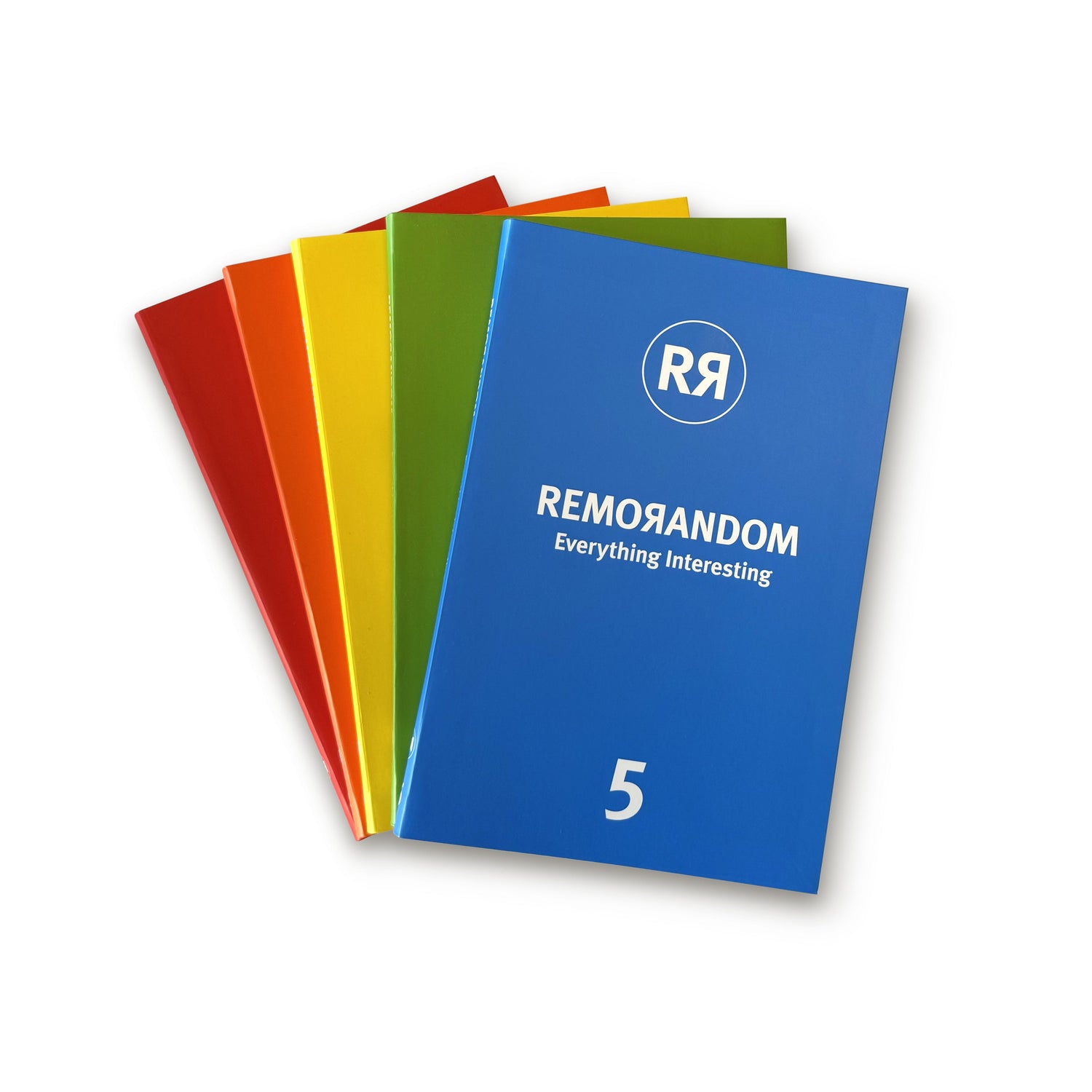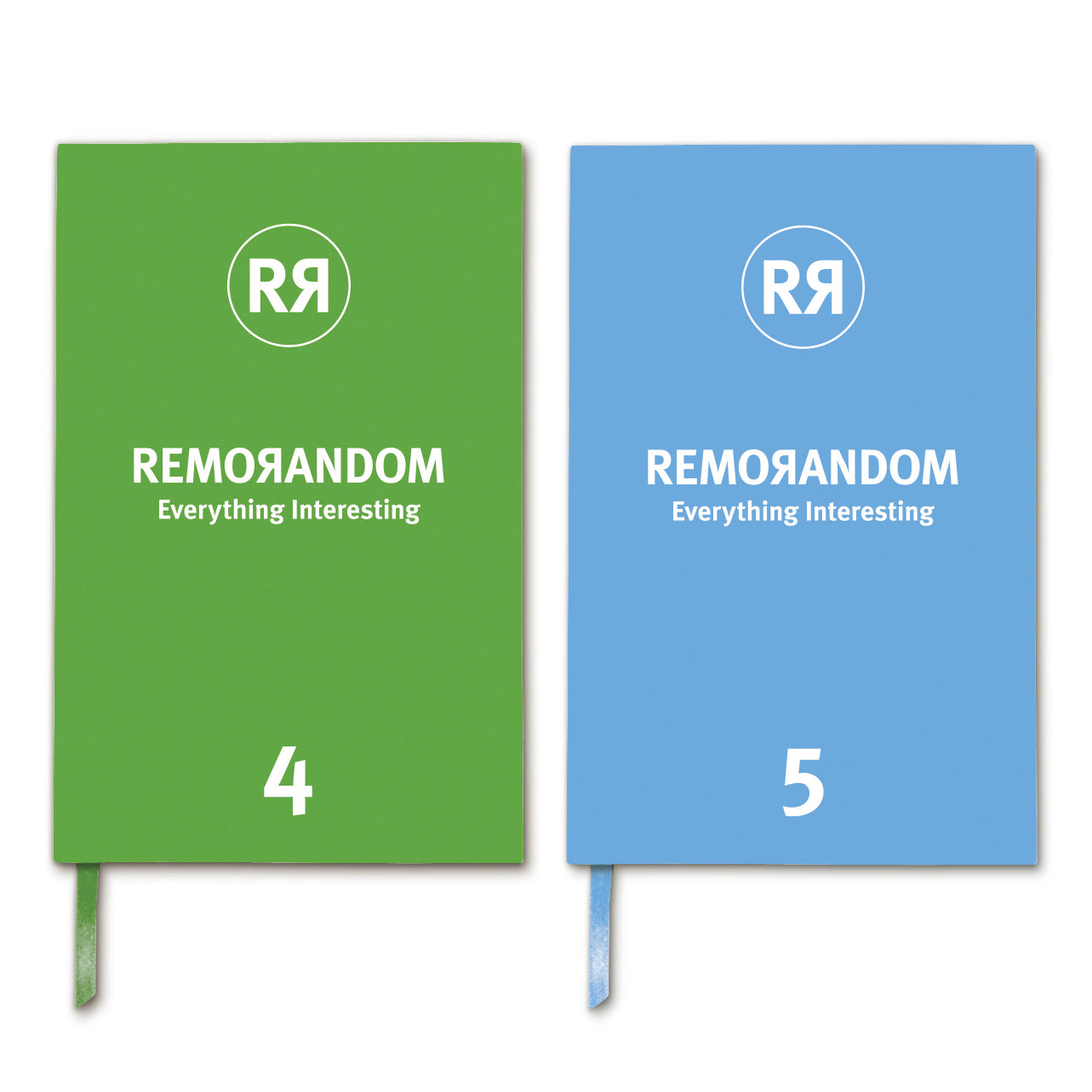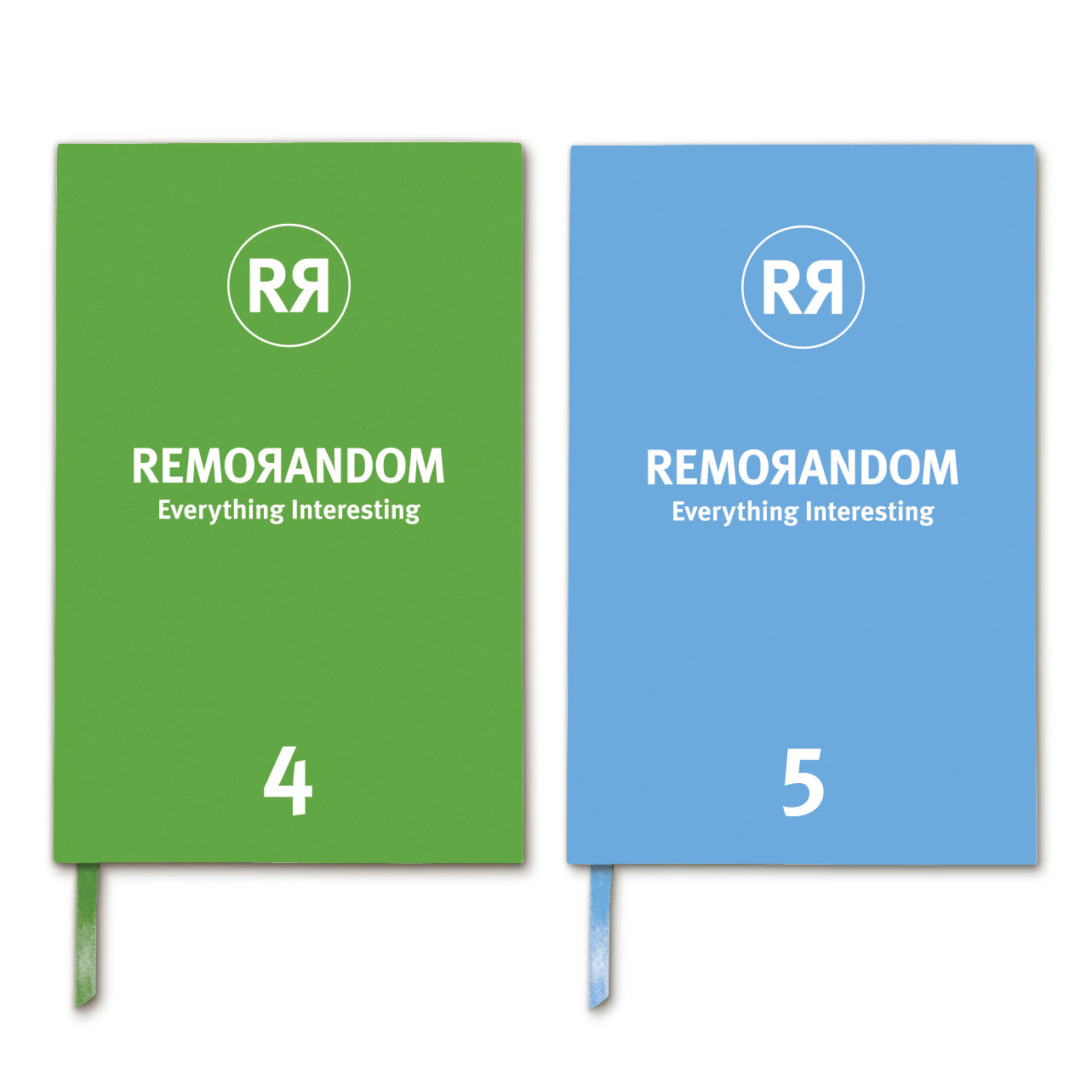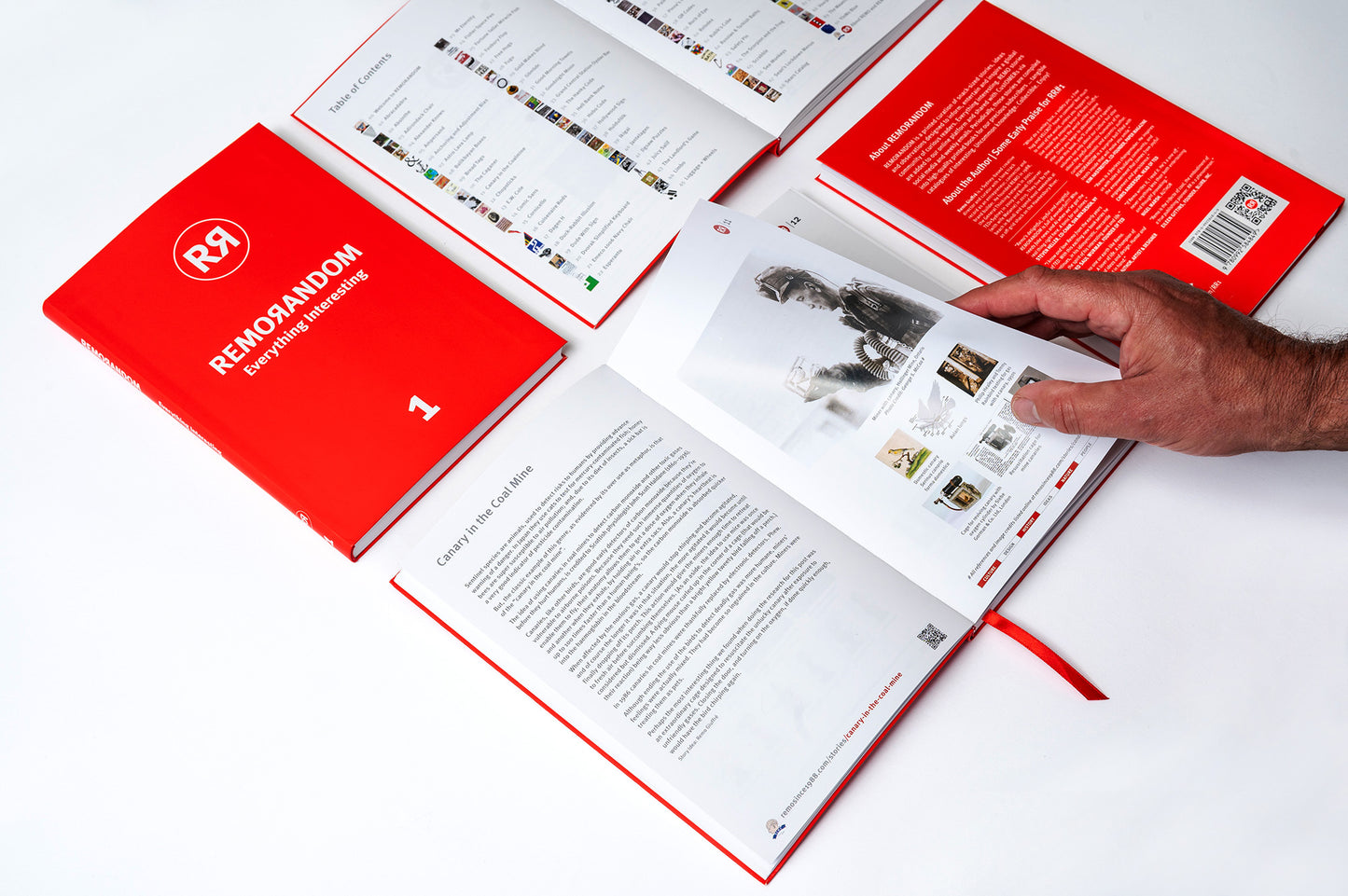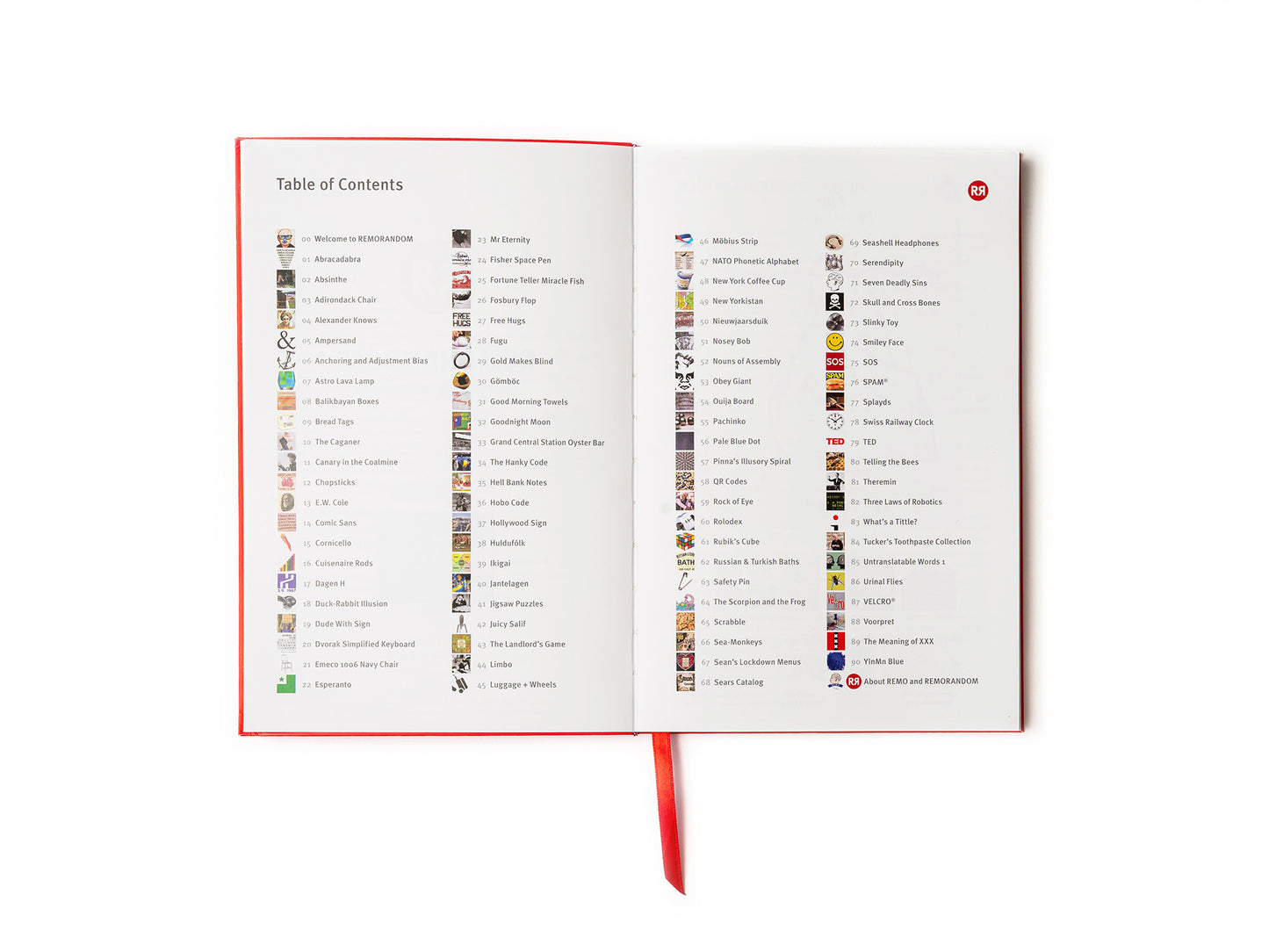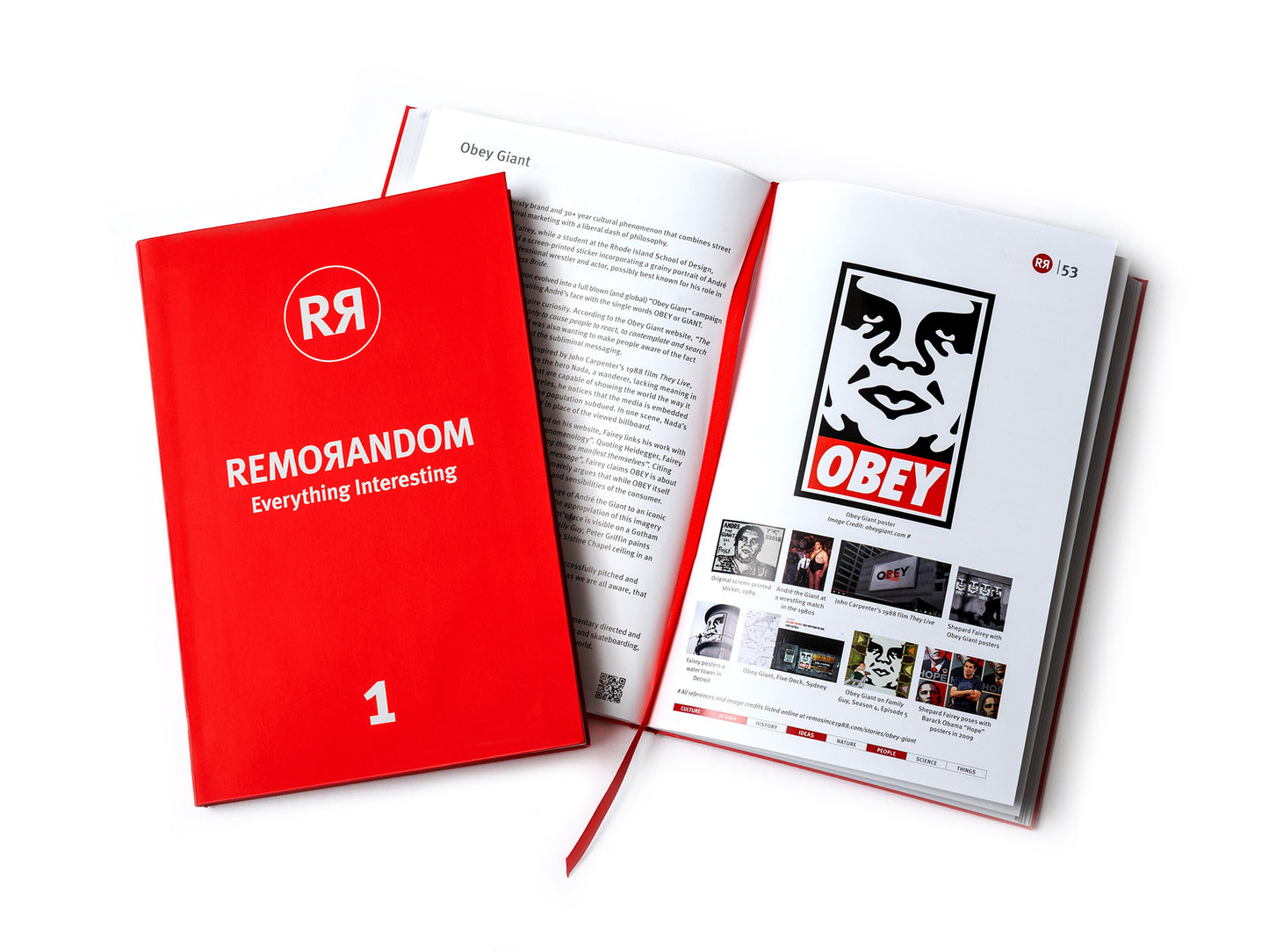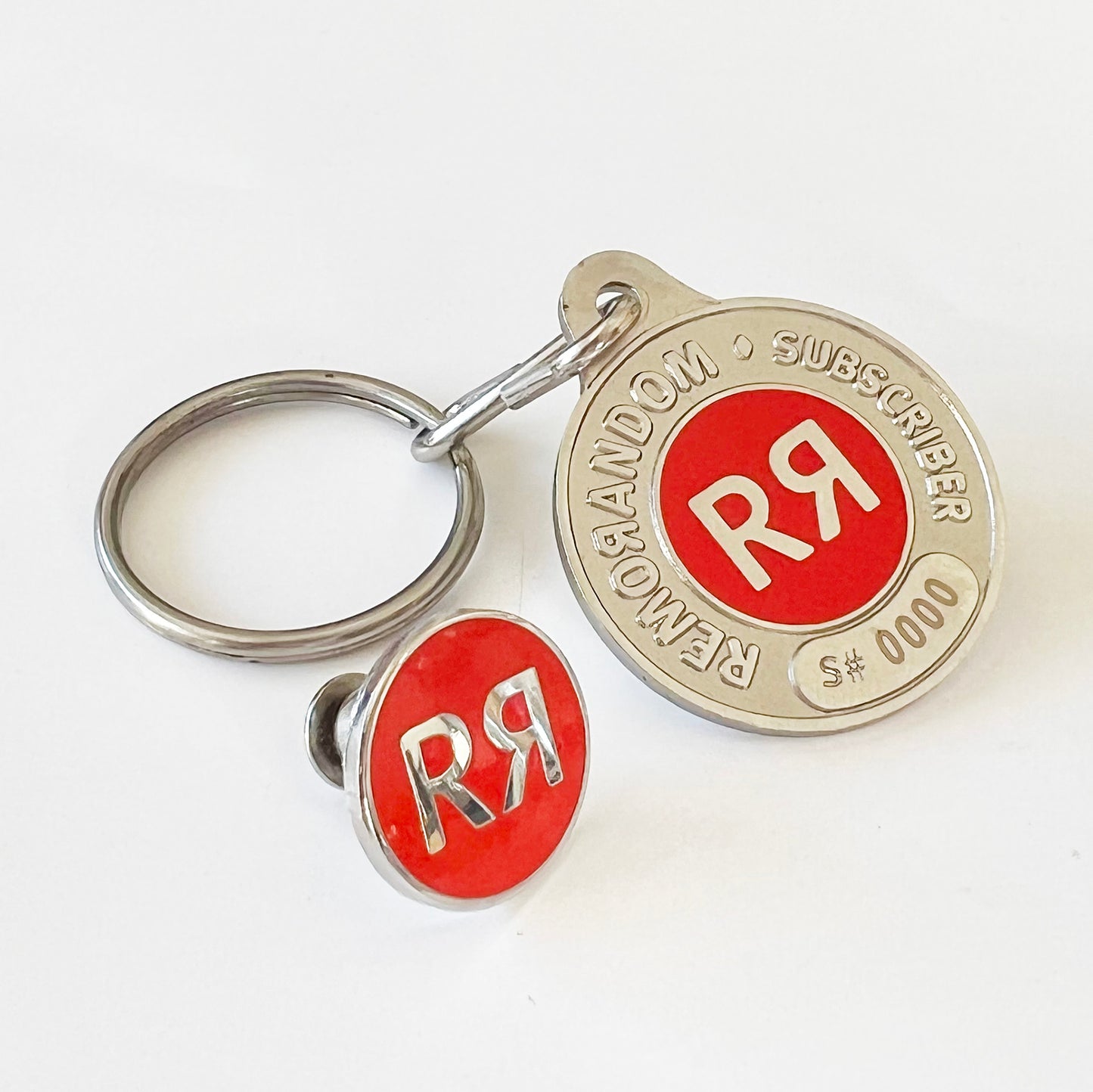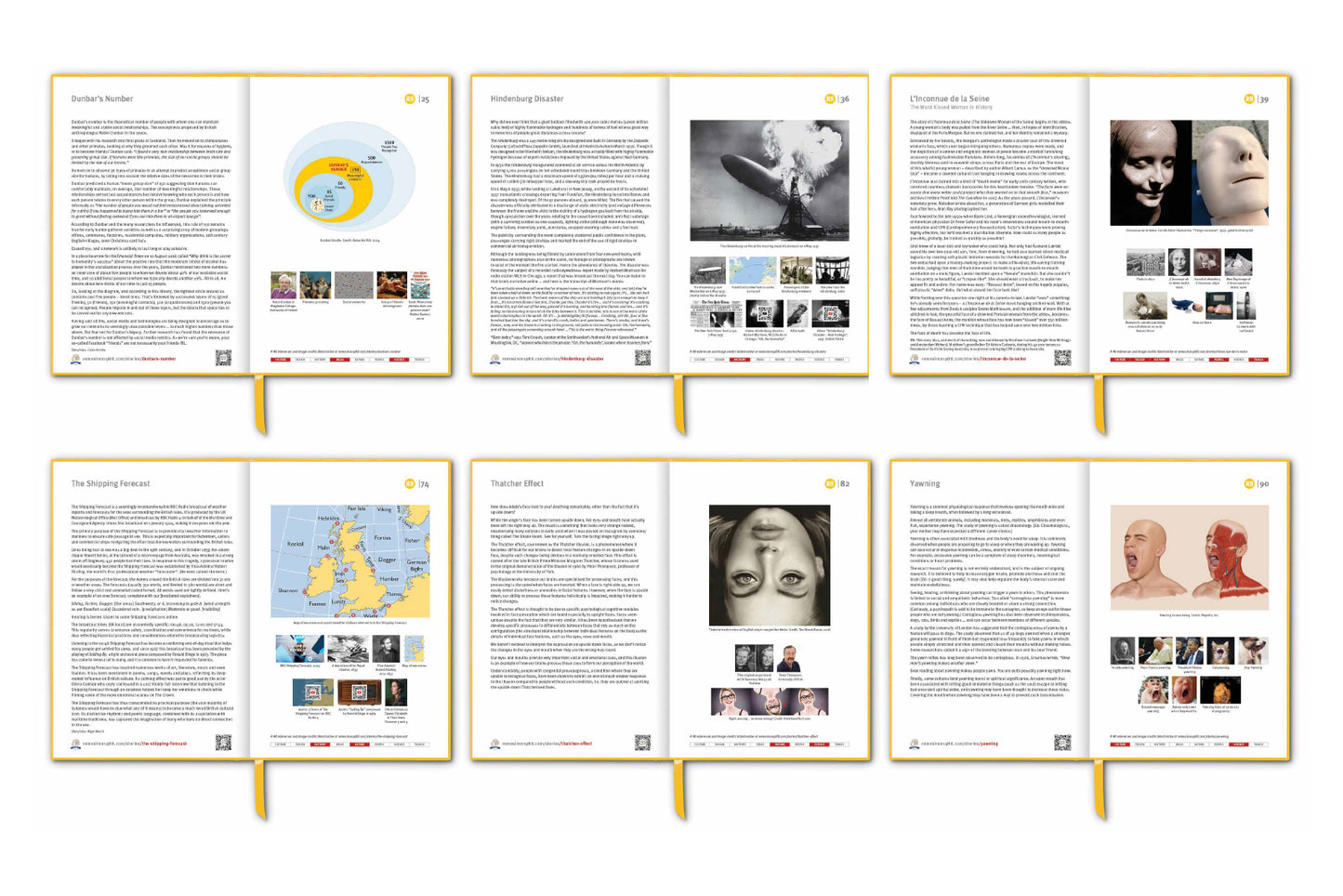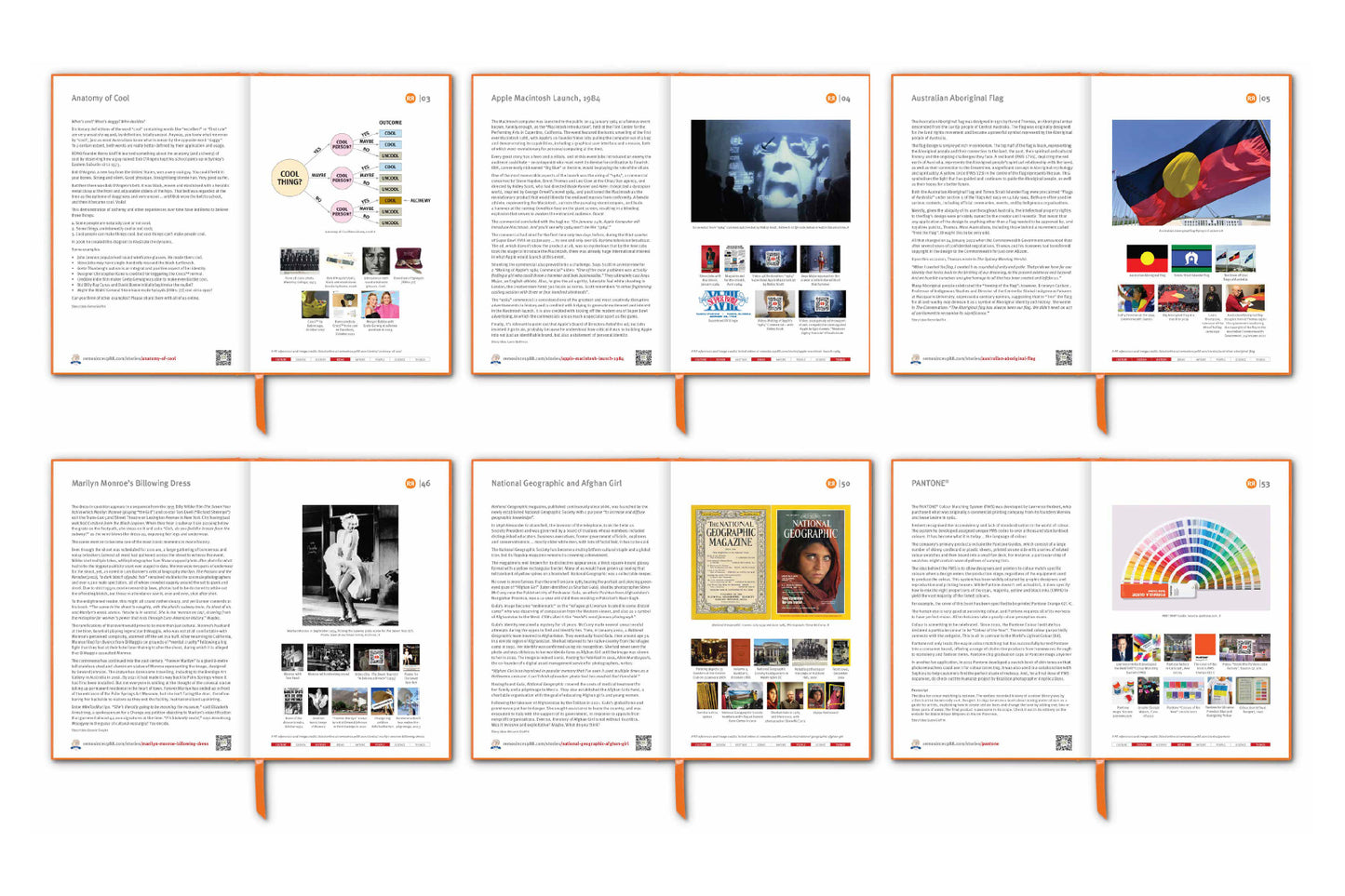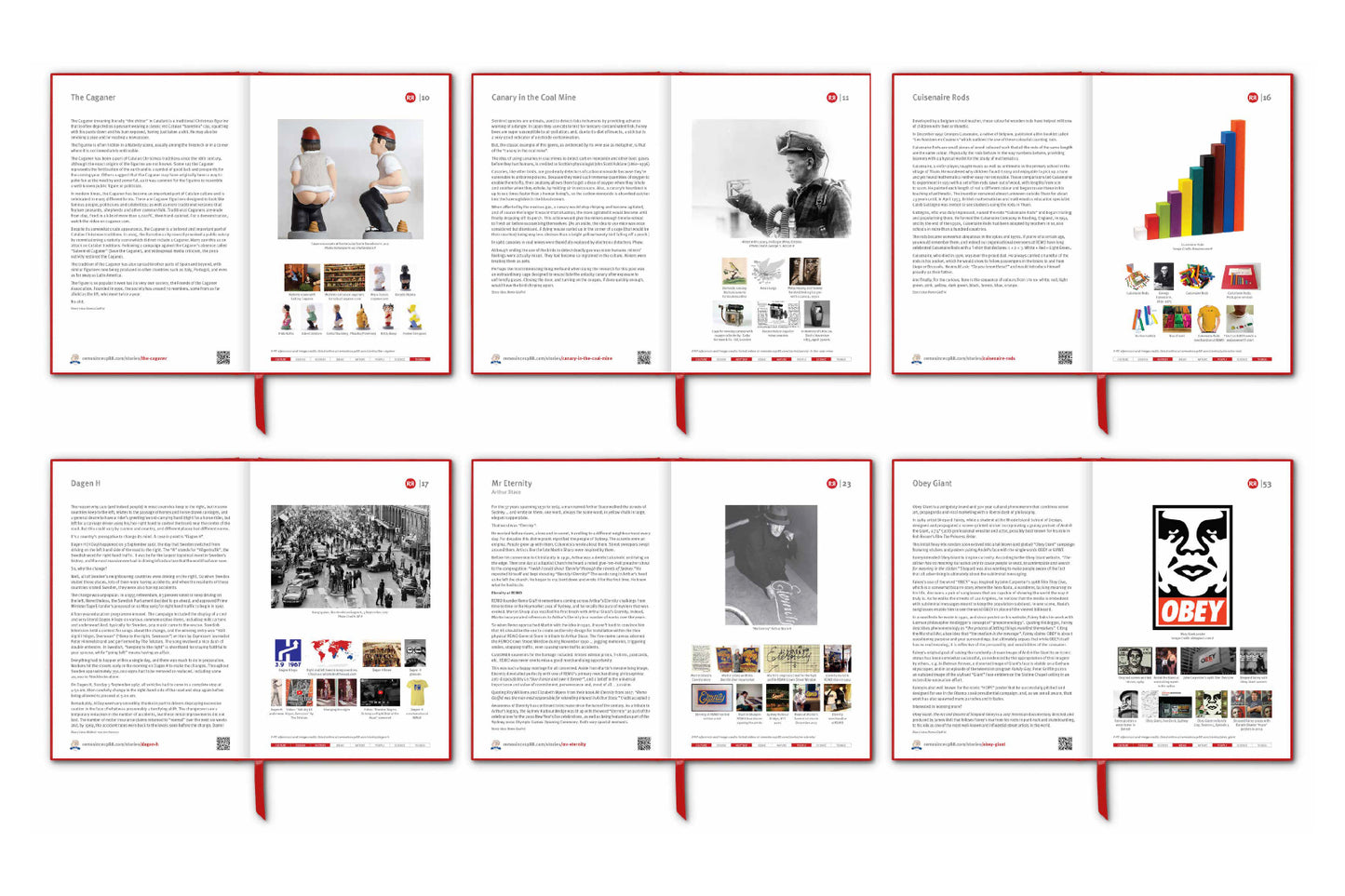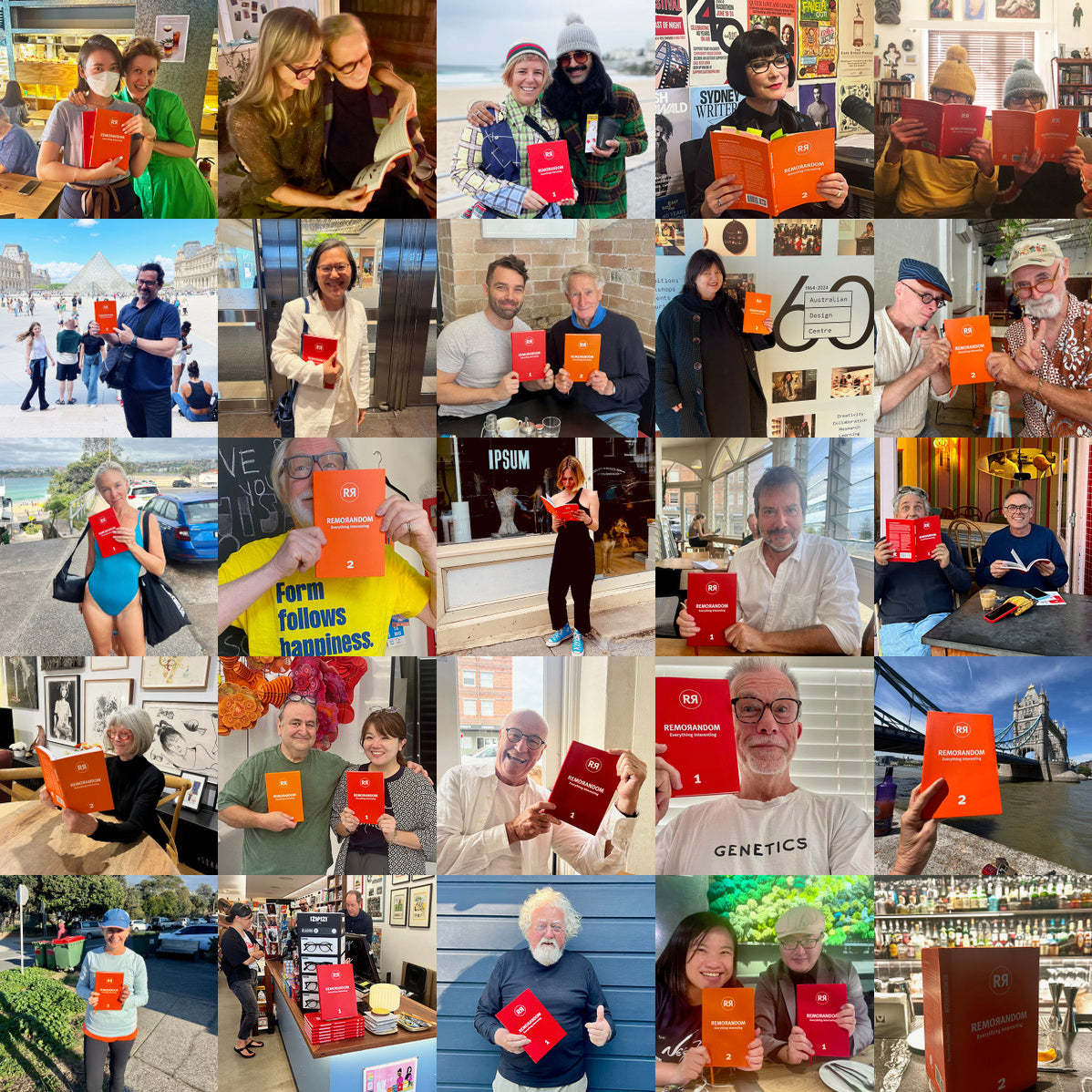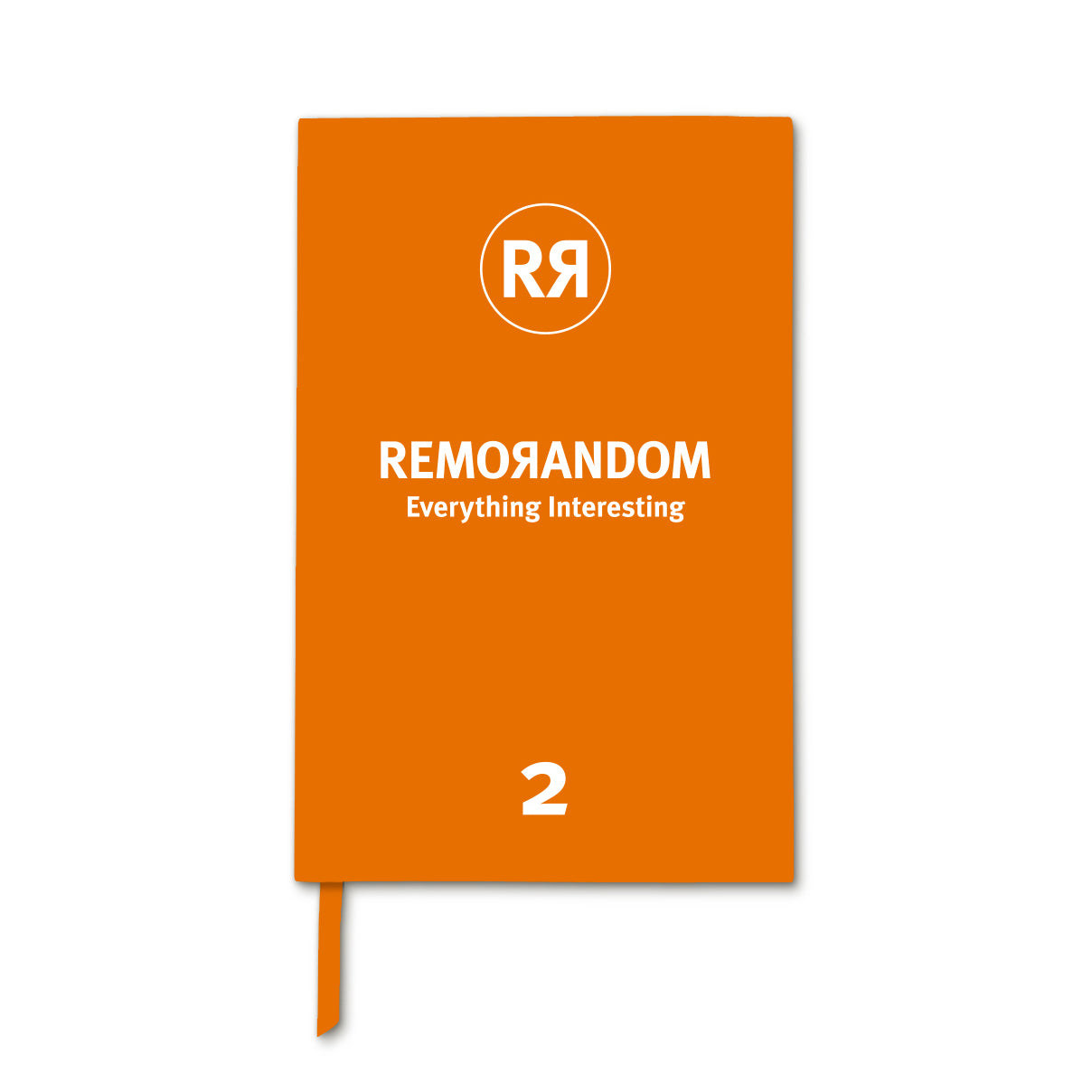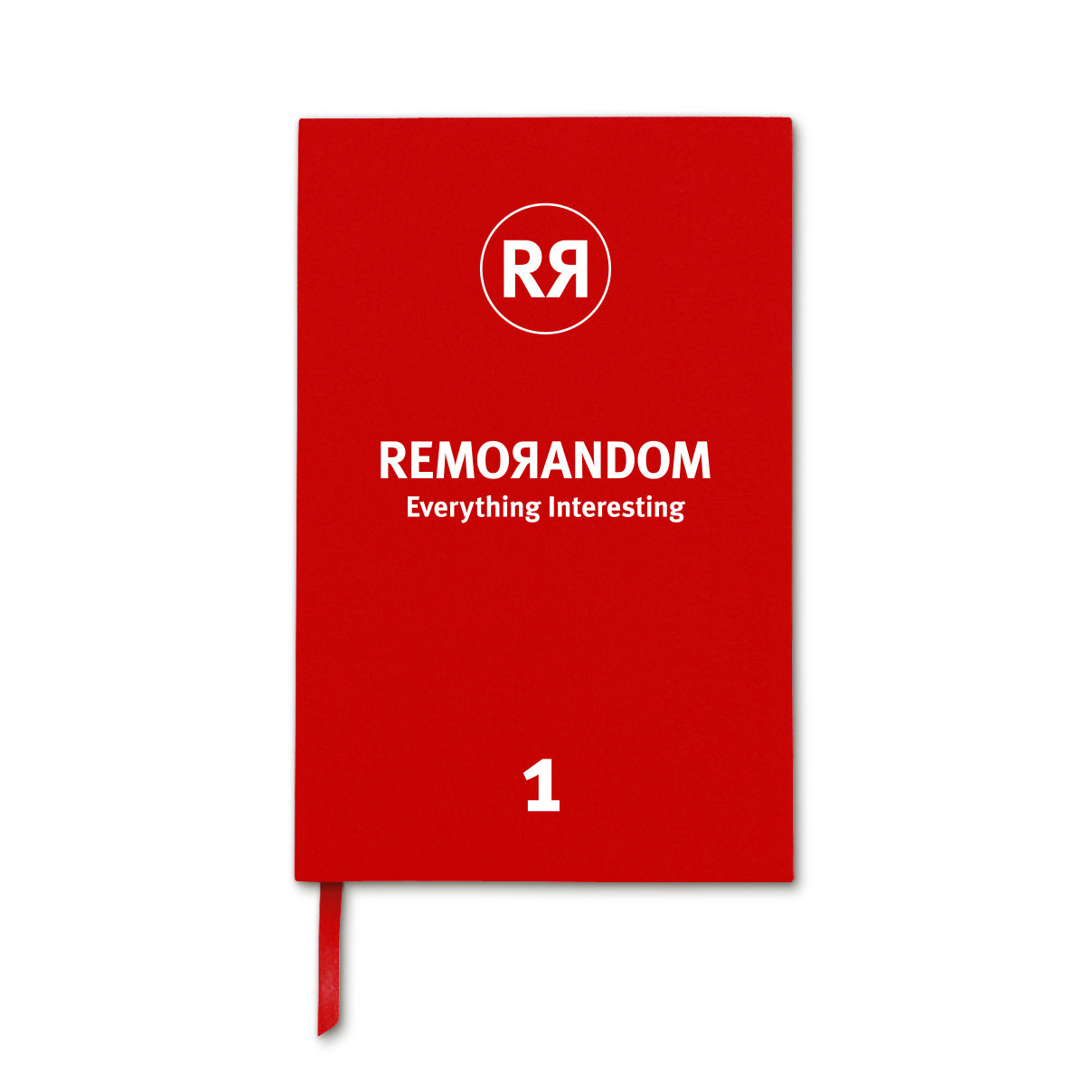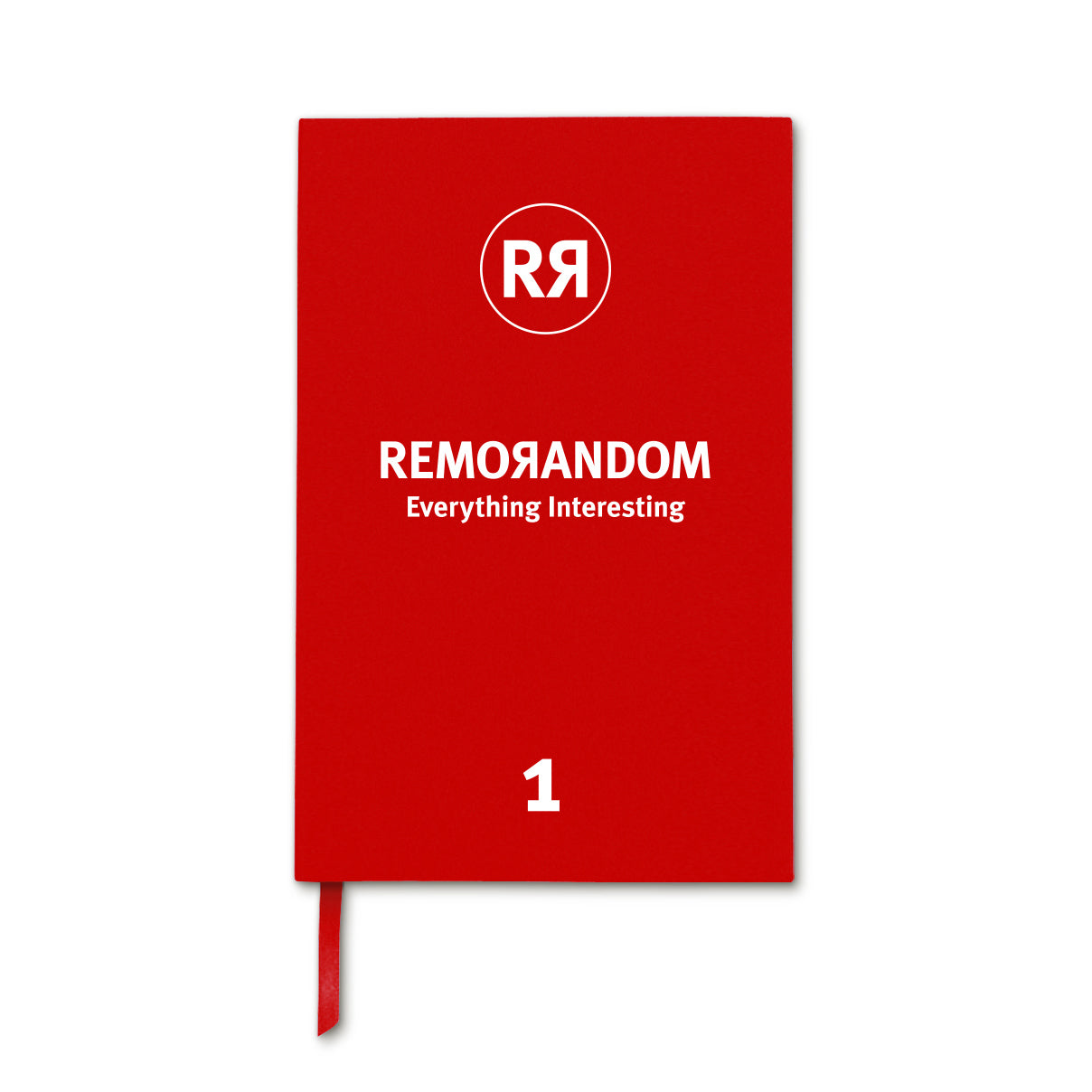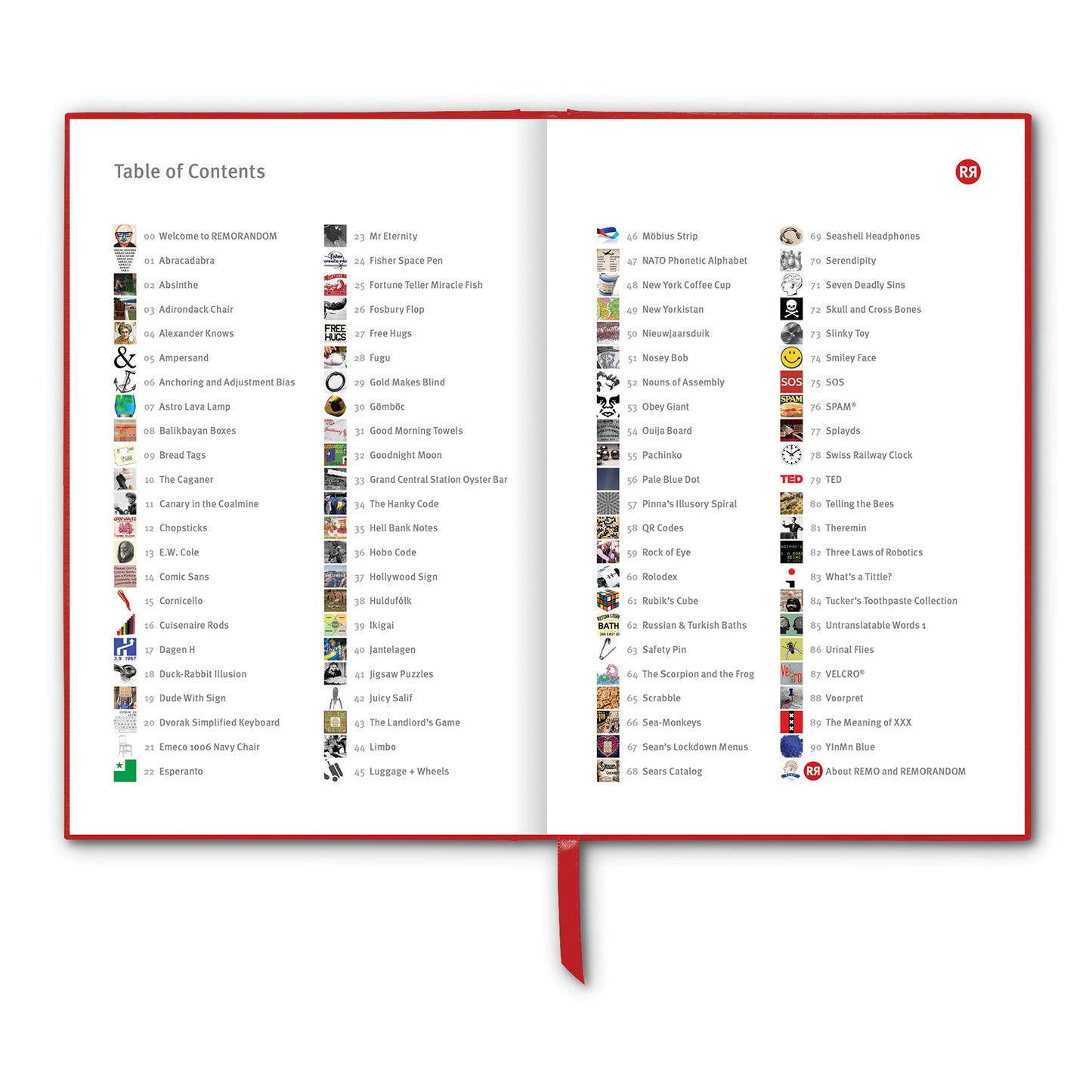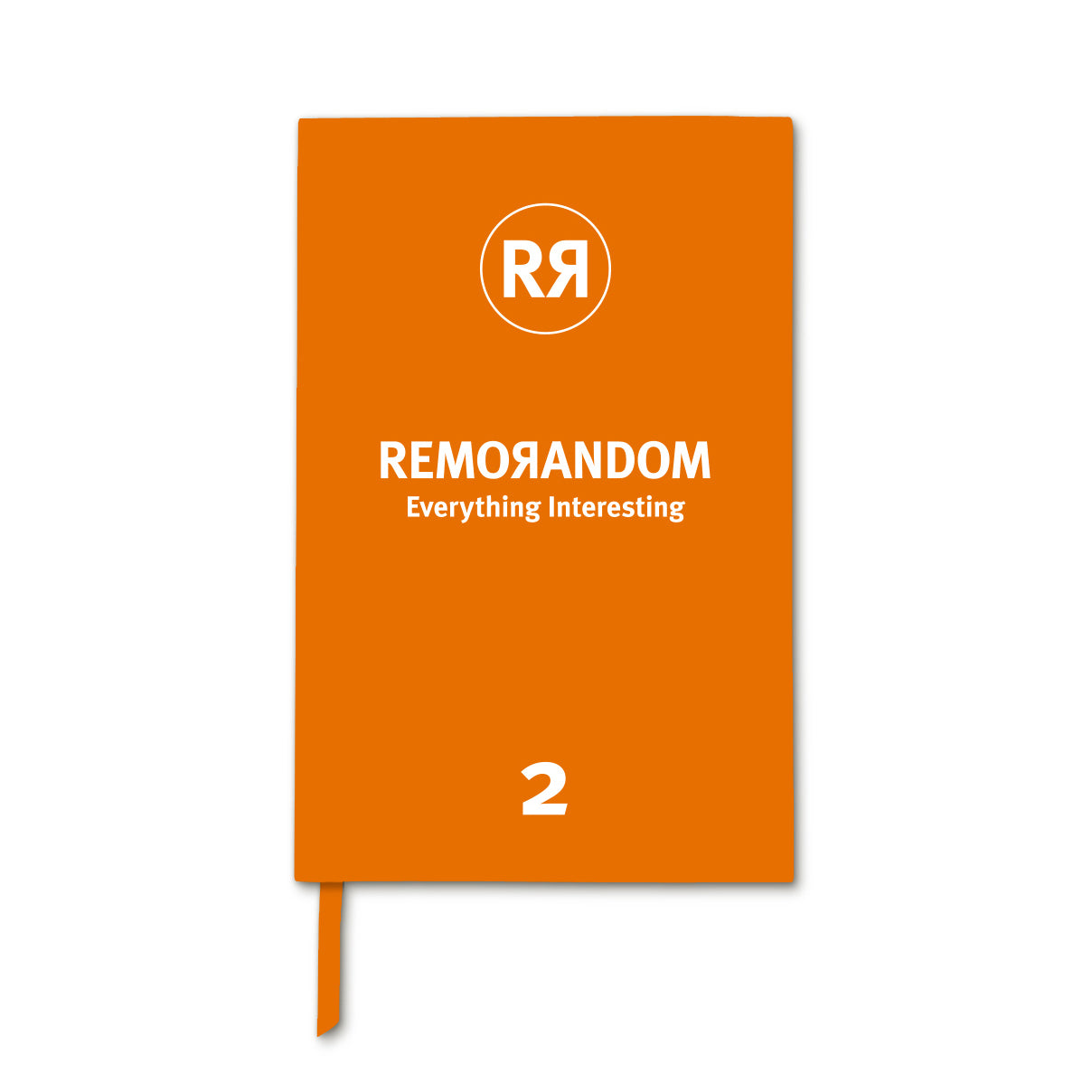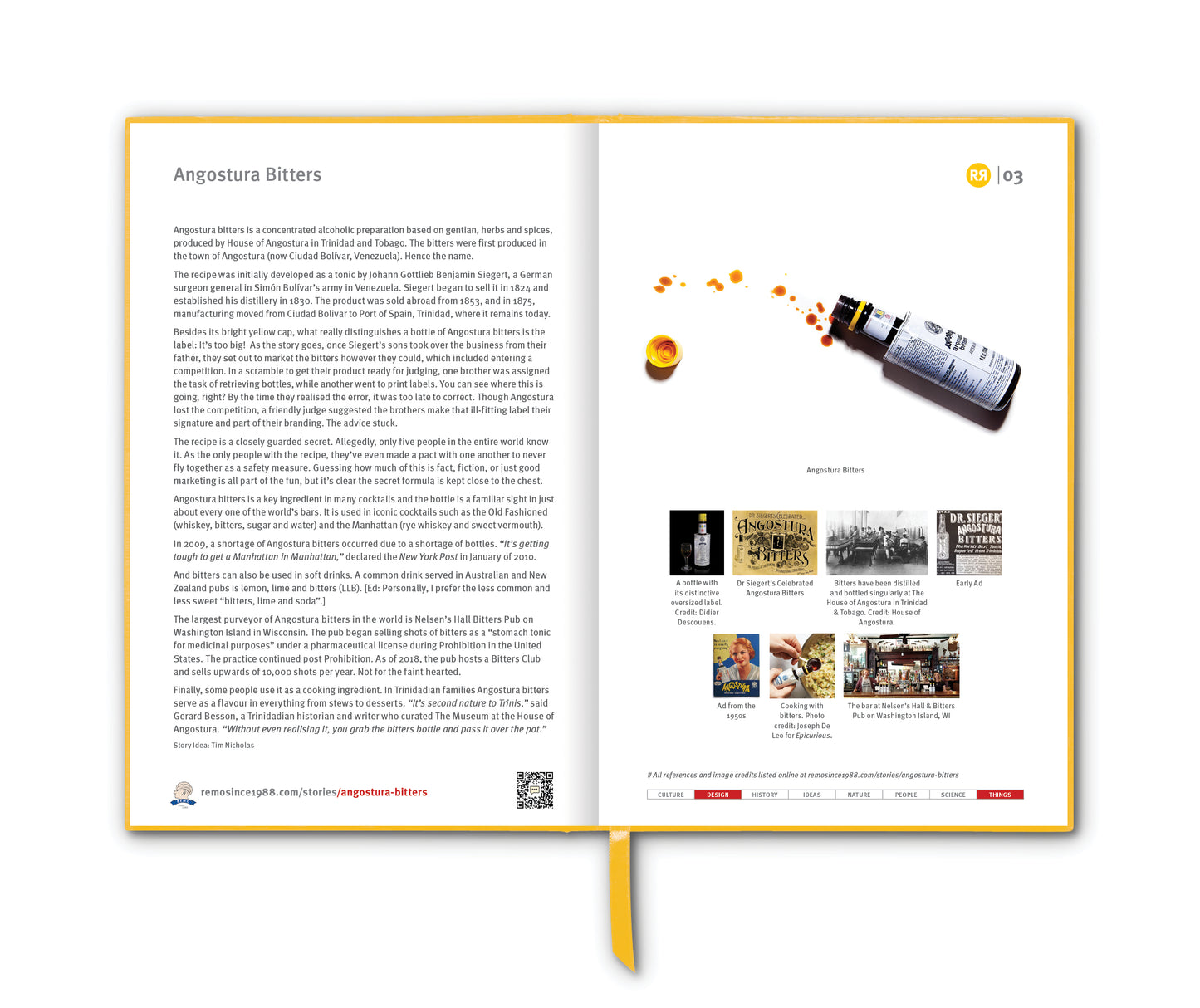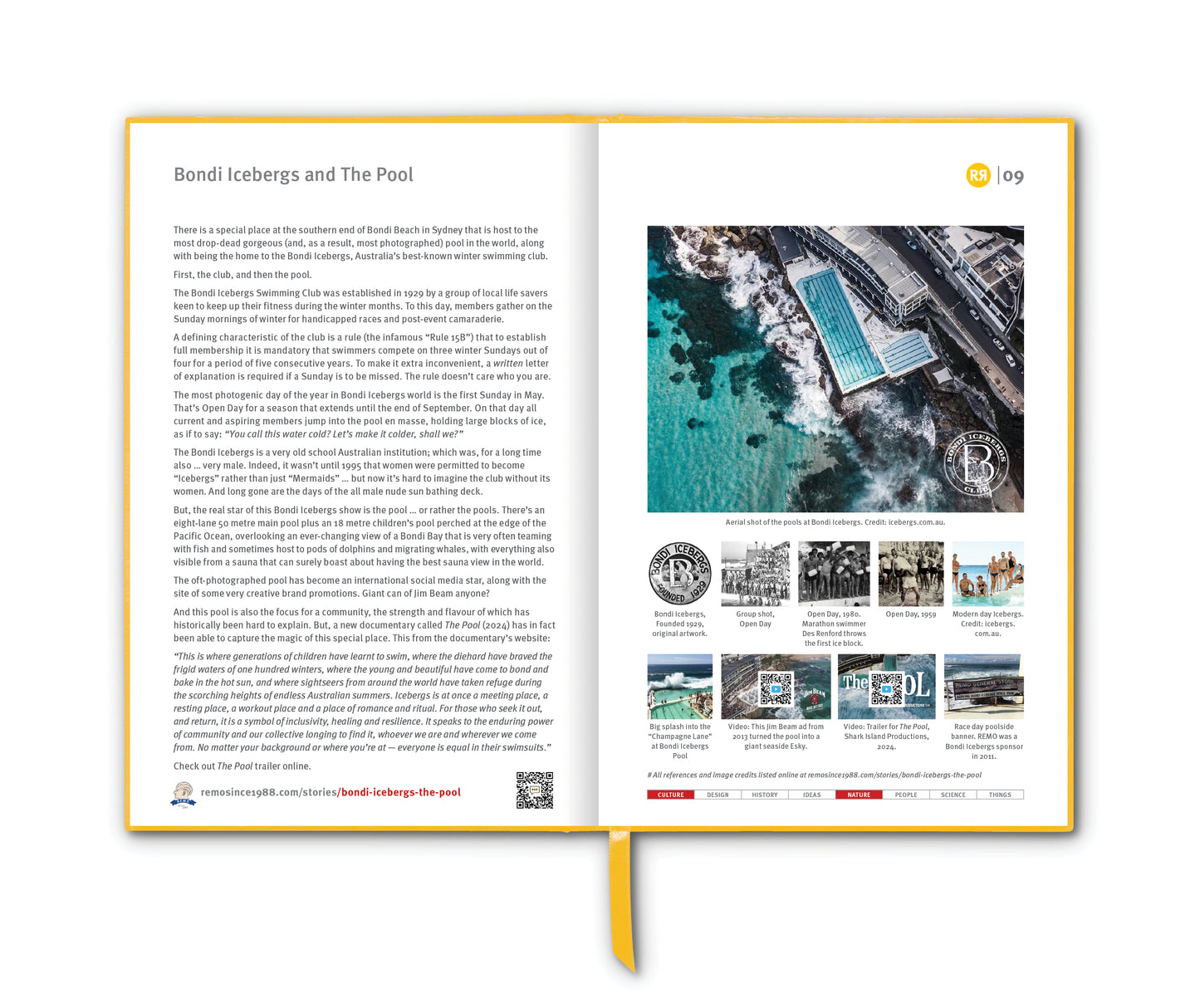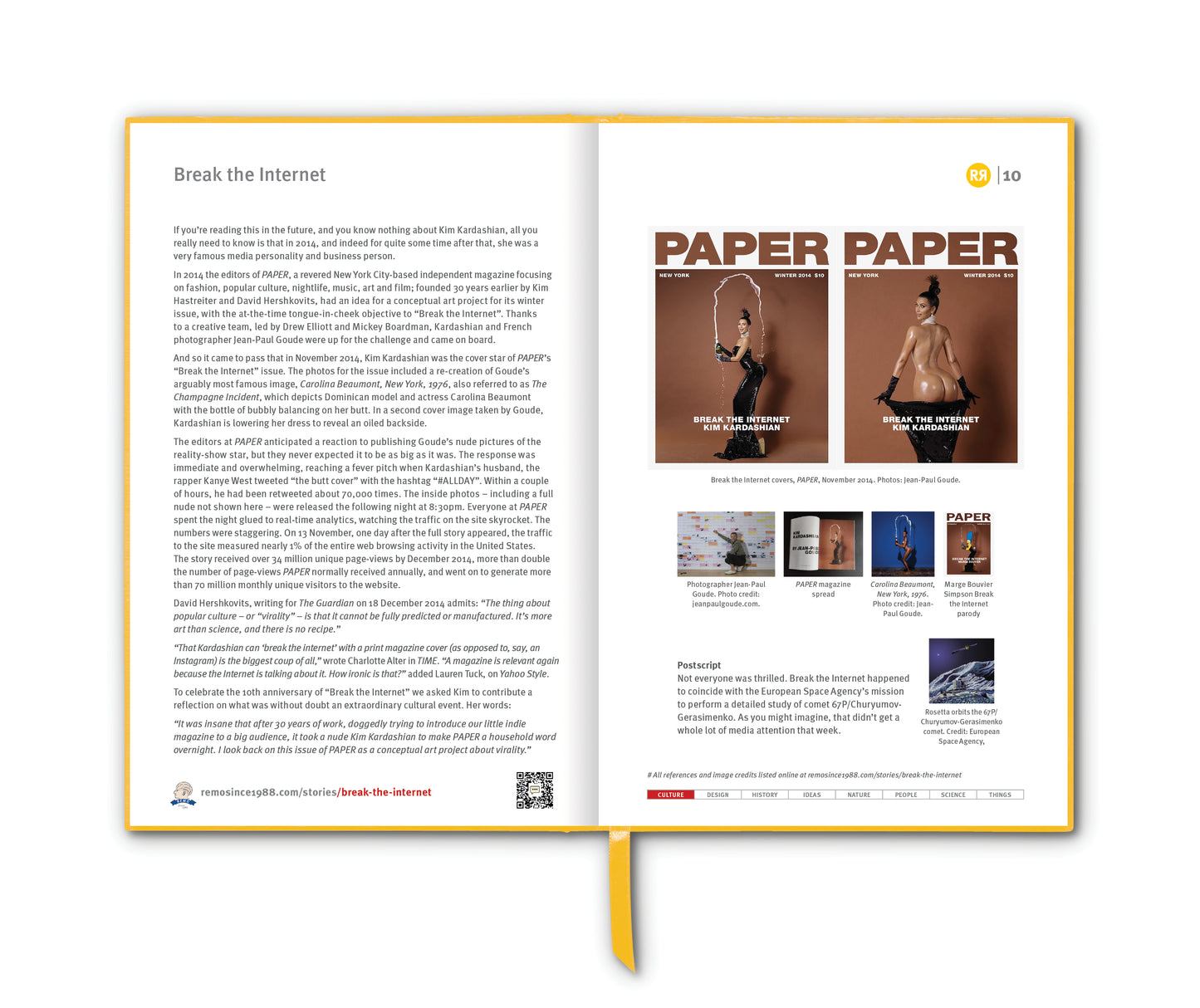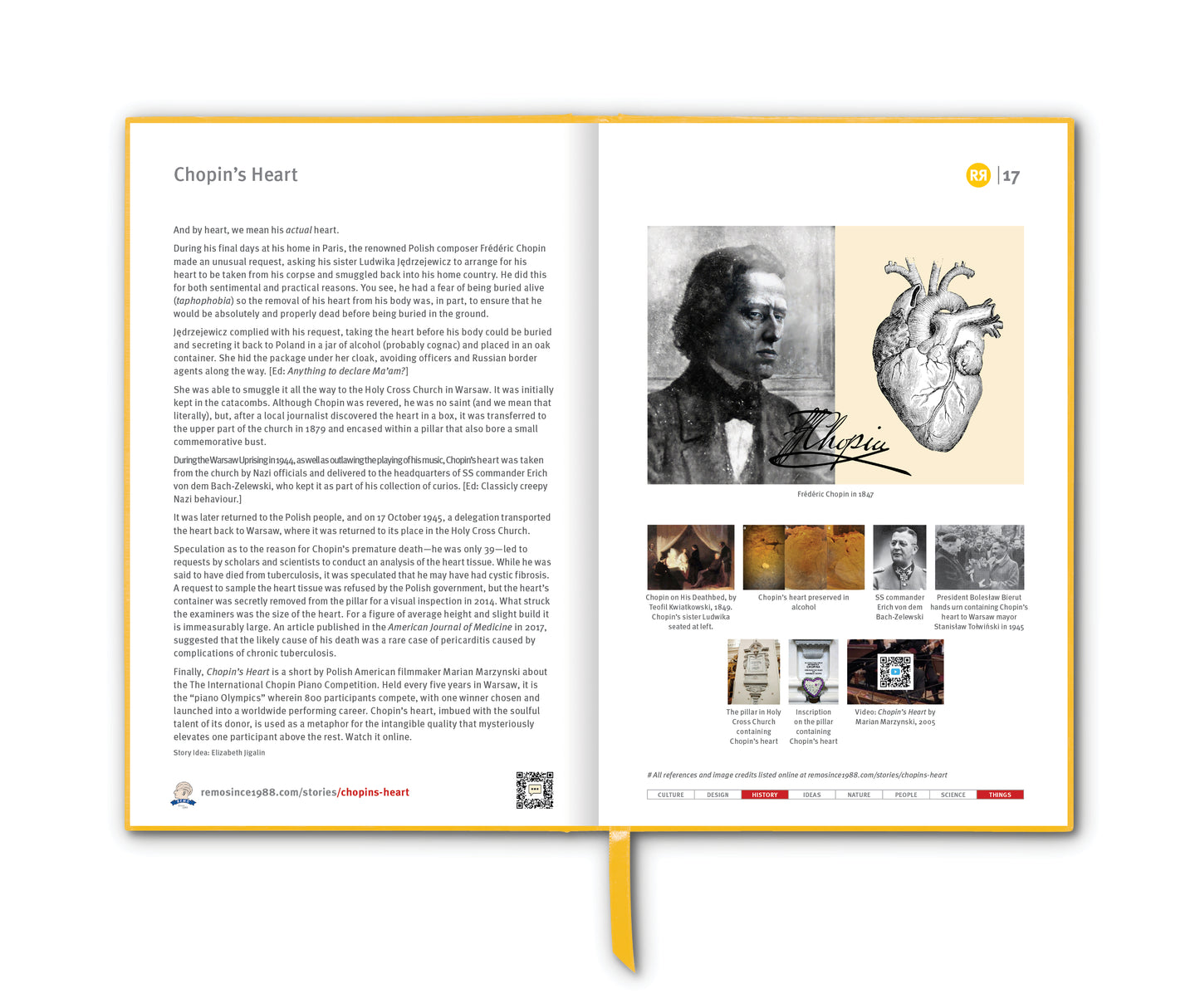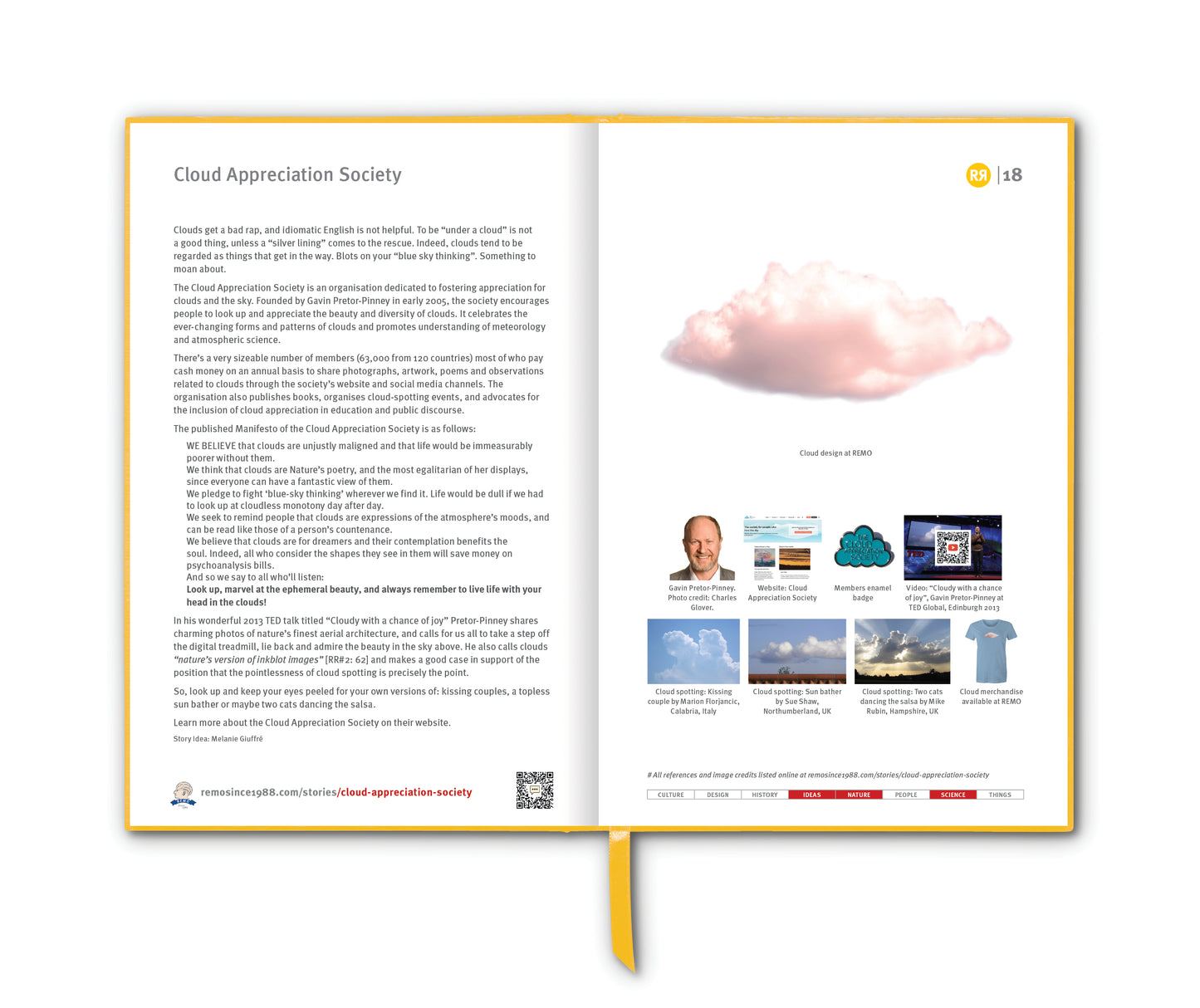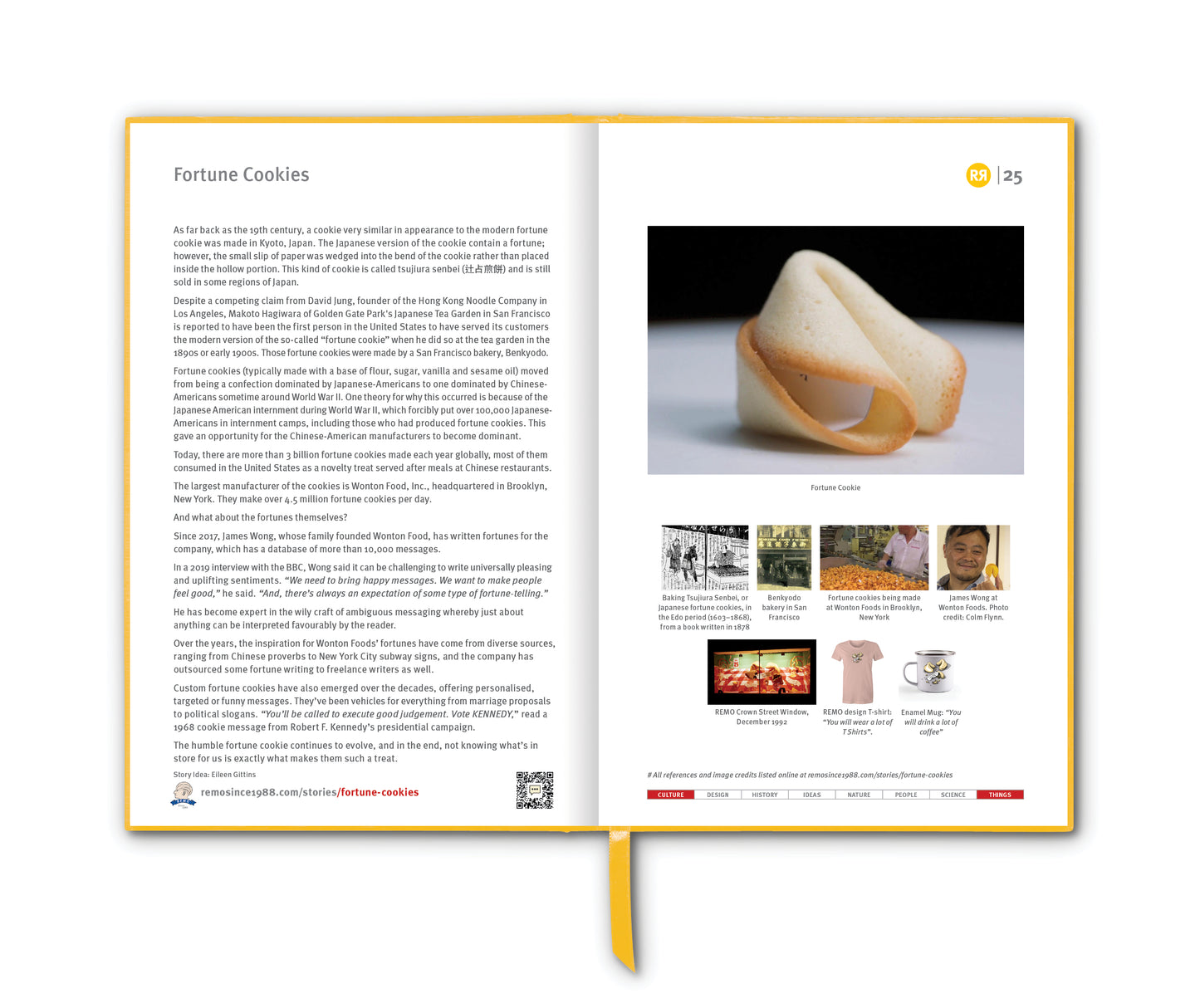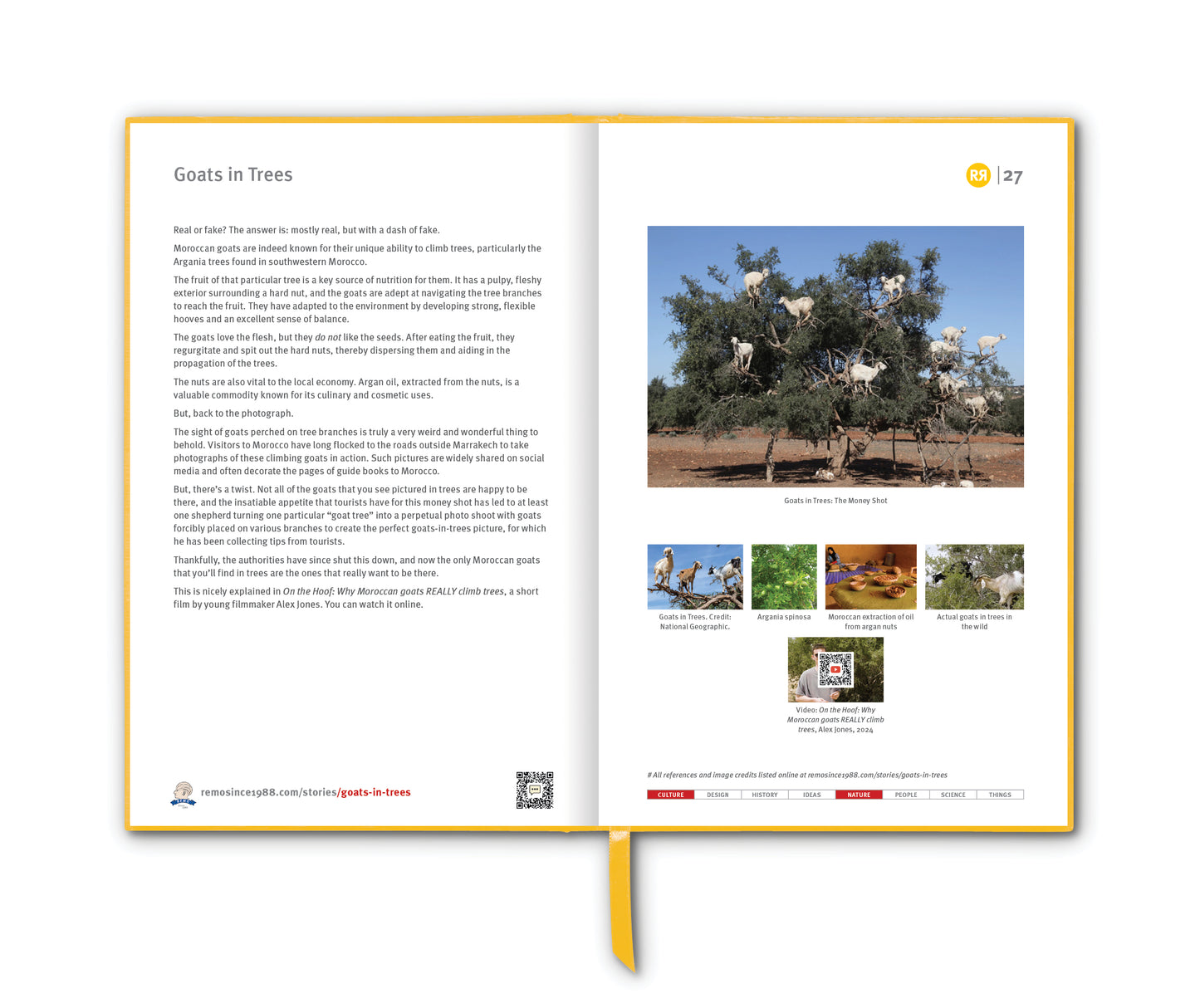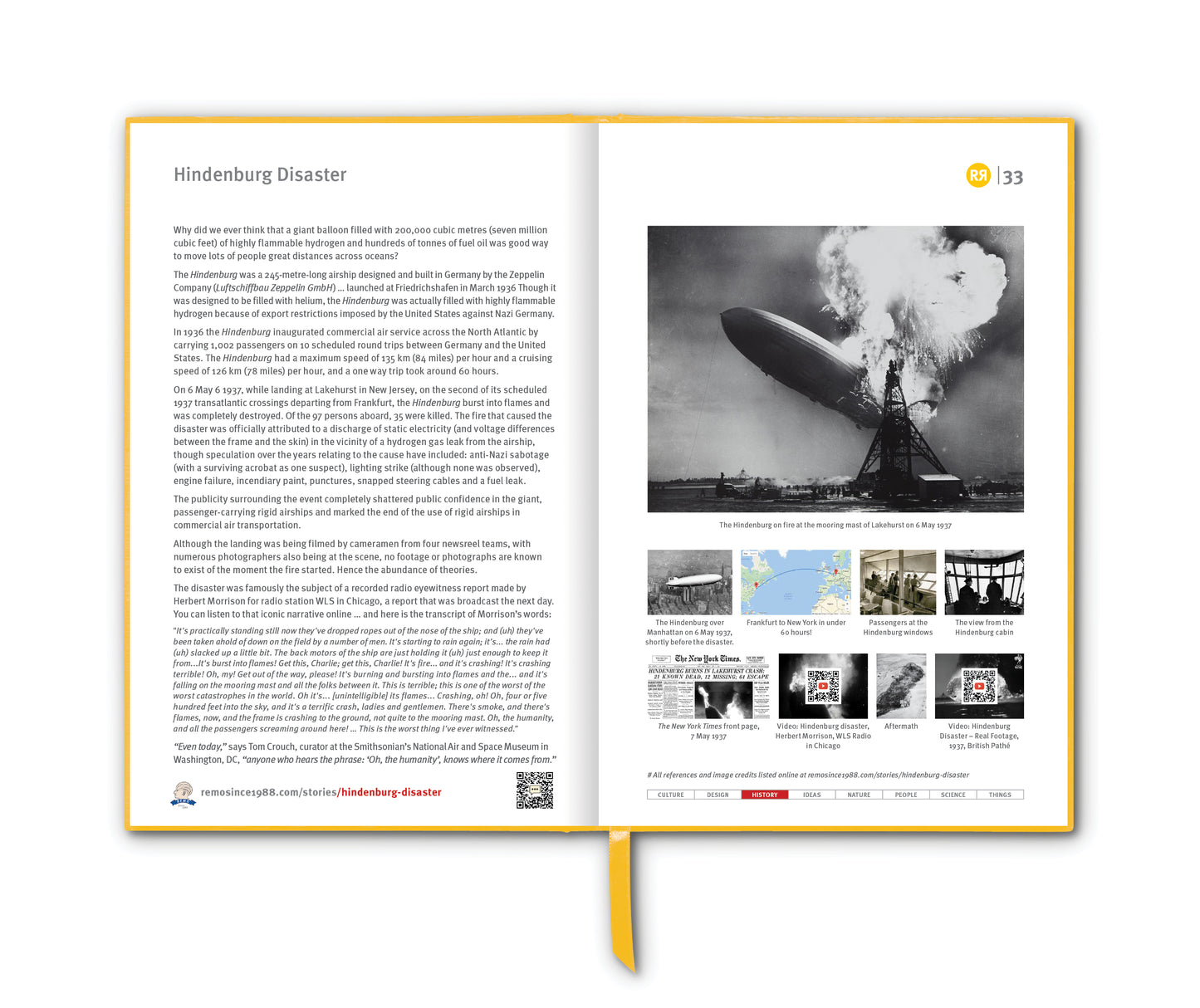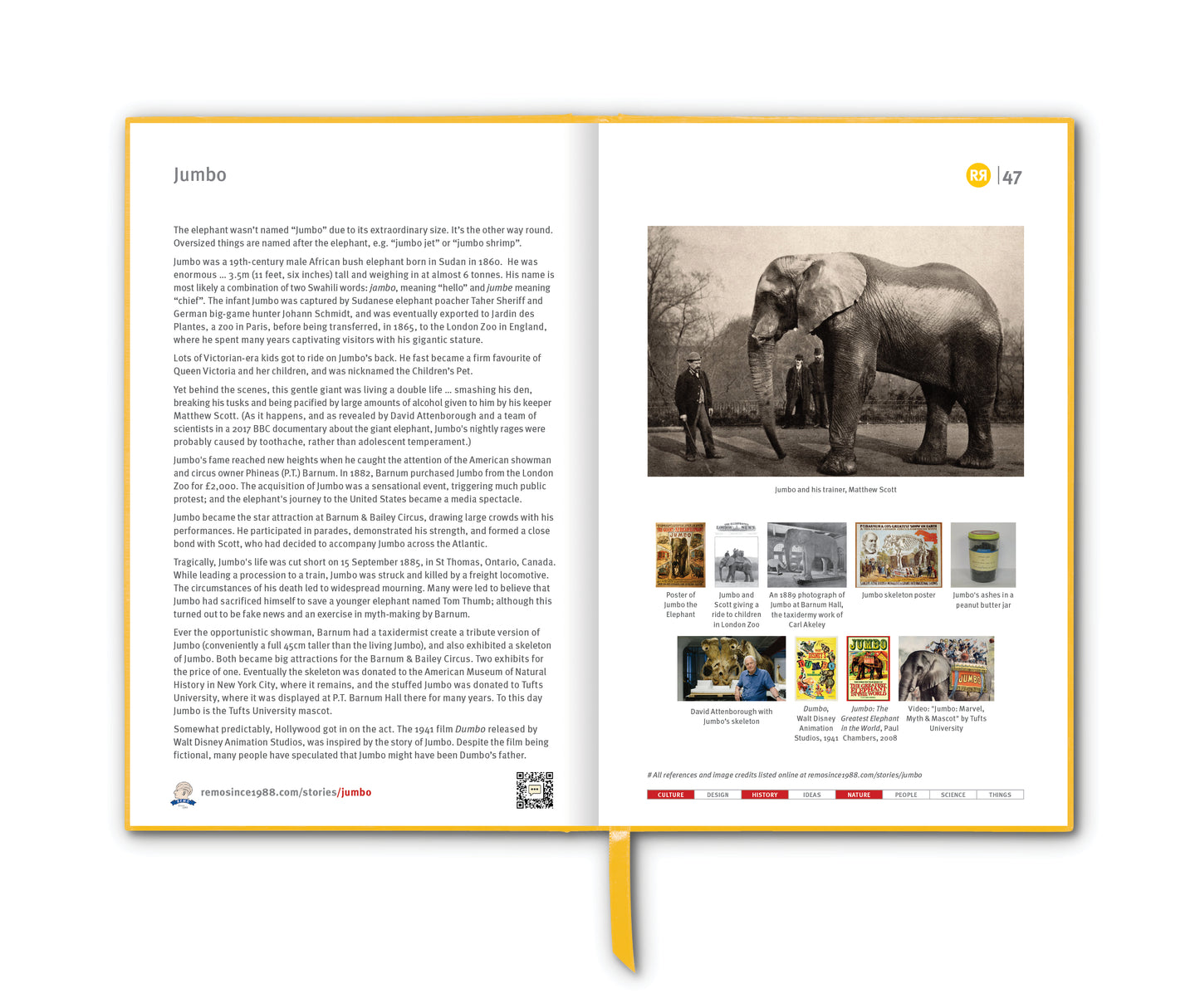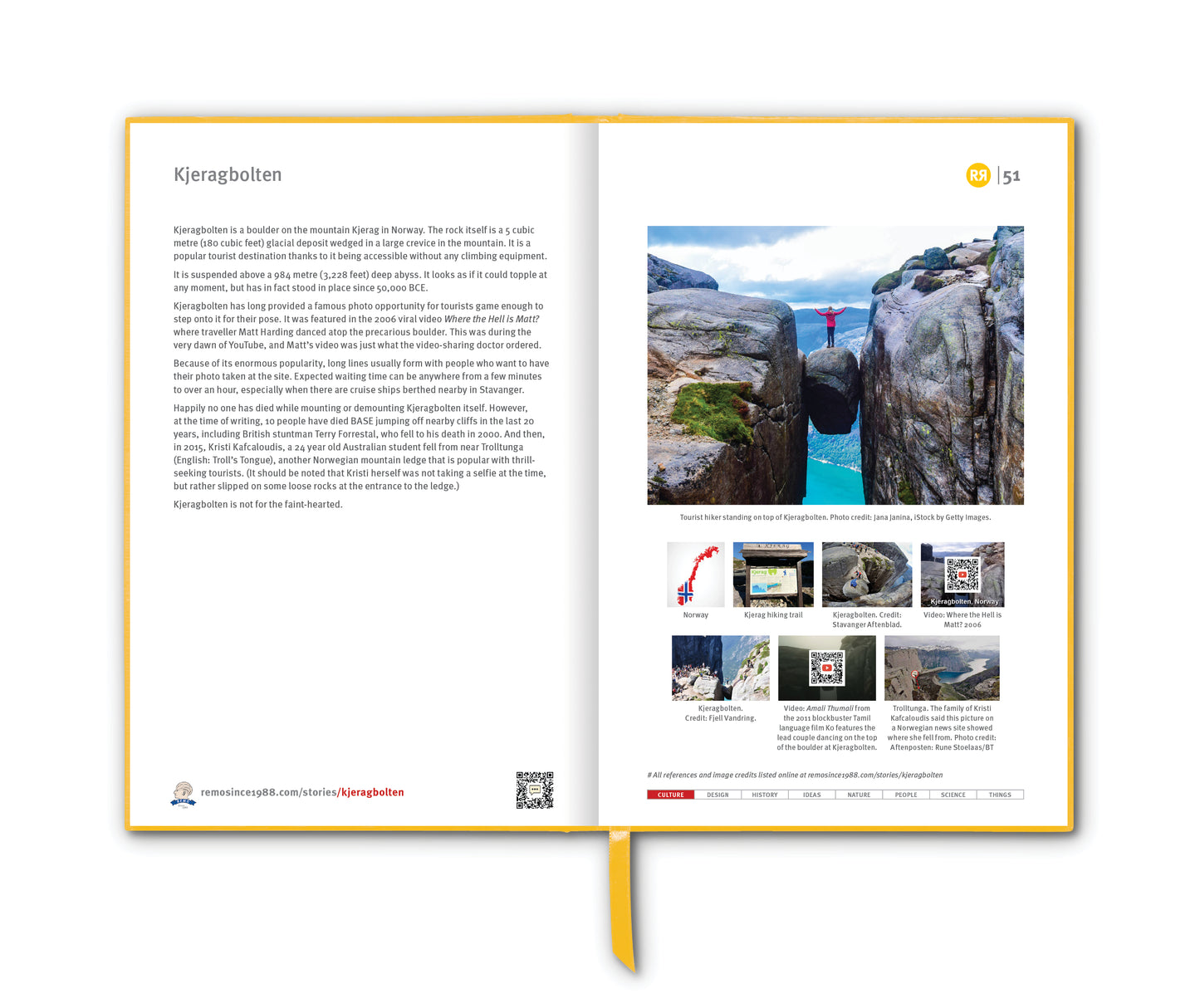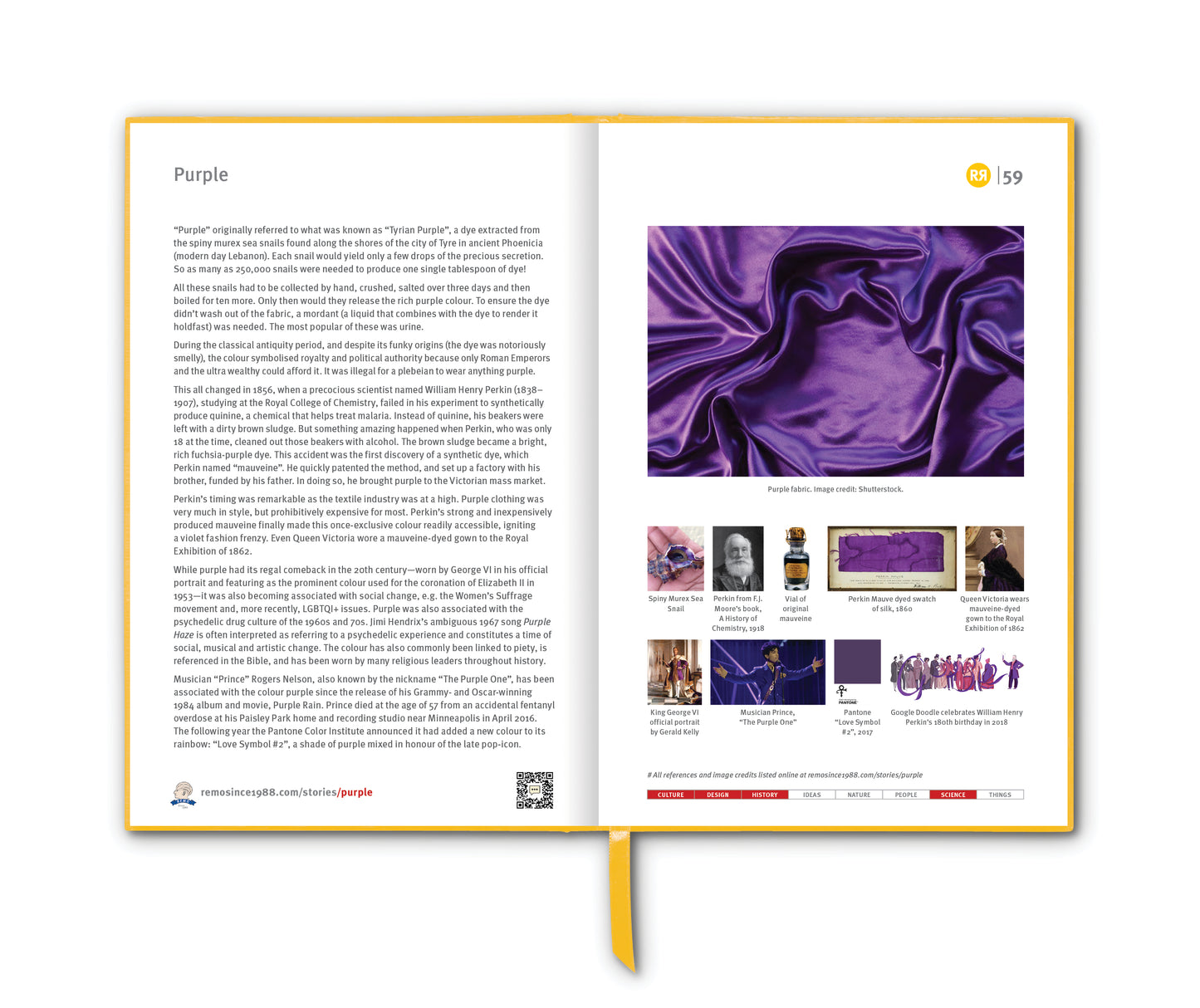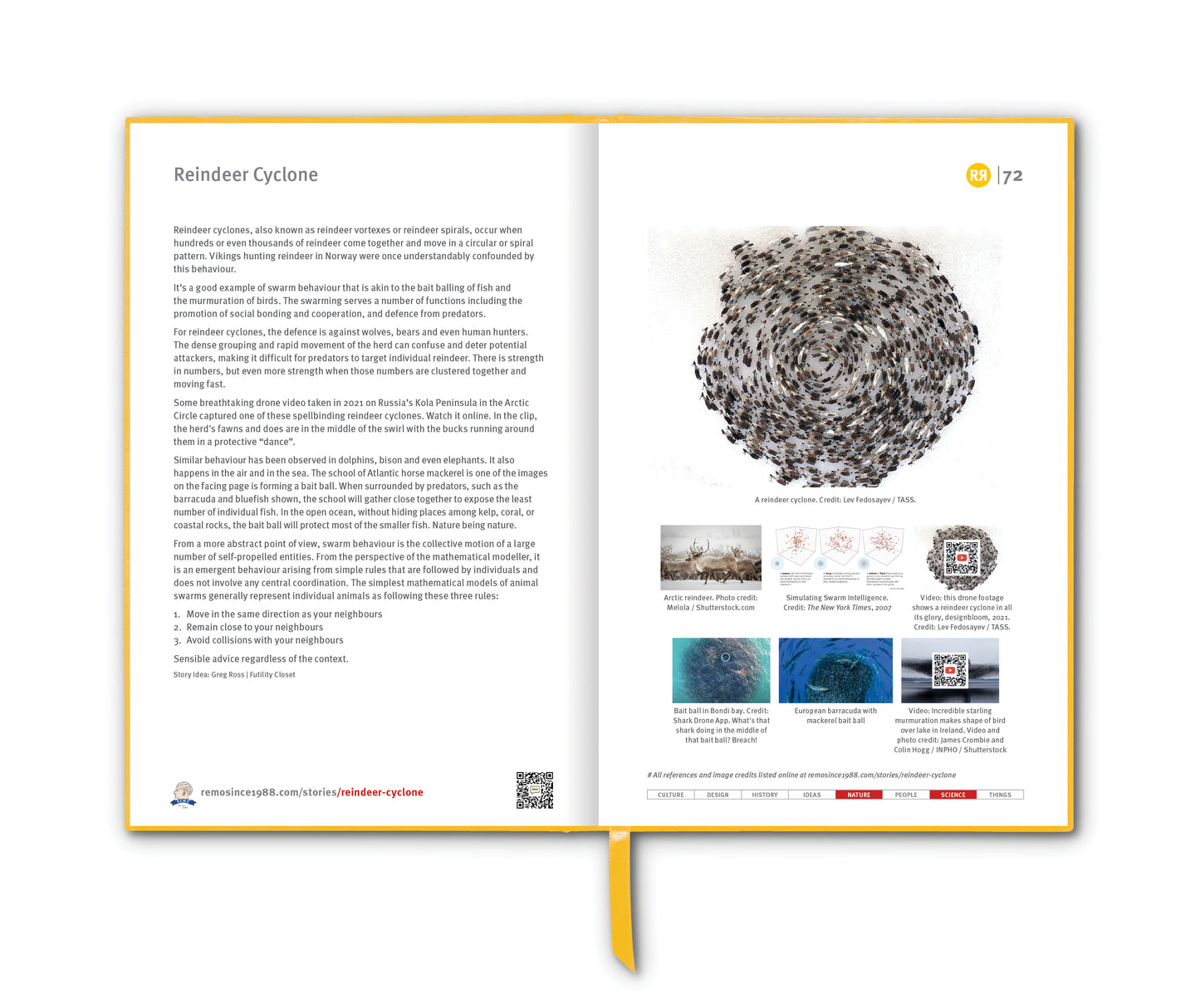Everyone with even a passing interest in sport knows the story.
Steven Bradbury is an Australian former short track speed skater and four-time Olympian. He famously won the 1,000m event at the 2002 Winter Olympics in Salt Lake City after all of his opponents were involved in a last-corner pile-up. The delighted-and-yet-slightly-embarrassed look on his face as he skated past all of those crashing bodies, arms and legs has become part of the visual history of the Olympic Games. He was the first athlete from Australia and also the Southern Hemisphere to win a Winter Olympic gold medal.
You can watch highlights from the race HERE and a short Olympics story HERE.
Coming into the event in 2002 toward the end of what had been a long career, Bradbury was a very distant outsider, and more tortoise than hare. He won the final ultimately because he was the “last man standing”, the title of his subsequent book and even the brand of a beer in which he has a founding interest.
But it wasn’t all dumb luck. It was in fact somewhat pre-meditated.
After consulting his national coach Ann Zhang, Bradbury's strategy from the semi-final onwards was to cruise behind his opponents and hope that they crashed, as he could not hope to match their pace. His reasoning was that risk-taking by the favourites could cause a collision due to a racing incident, and if two or more skaters fell, the remaining three would all get medals. His thinking was that as he was slower than his opponents, trying to challenge them directly would only increase his own chances of falling.
It succeeded beyond his wildest imagination; and, in his mind, delivered some just deserts, not just for that race, but for what had been many years of hard work, near misses and serious injuries in the lead up to that day.
The world was quick to embrace this ultimate tortoise-and-hare sporting victory, giving newfound hope to all underdogs everywhere. It seems that the secret to success involves both turning up … and staying upright.
Bradbury's feat has entered the Australian colloquial vernacular in the phrase “Doing a Bradbury", meaning to enjoy an unexpected or unusual success, and “Do a Bradbury" has been given the official stamp of recognition when the second edition of the Australian National Dictionary included the phrase in 2016.
But wait, there’s more.
In 2023 Bradbury was awarded a different type of medal, having rescued four teenage girls from treacherous surf conditions at Kings Beach on the Sunshine Coast. The Australian Governor General recognised Bradbury’s heroic efforts, alongside four other courageous Queenslanders, for their selfless acts of bravery.
Doing a Bradbury has become embedded in Australian culture. It means being there at the end with commitment and self-belief … and being rewarded for that effort.
Story Idea: Remo Giuffré
________________________________
References
https://en.wikipedia.org/wiki/Steven_Bradbury
https://www.theguardian.com/australia-news/2016/aug/23/do-a-bradbury-and-bogan-among-6000-new-entries-in-australian-national-dictionary
https://www.urbandictionary.com/define.php?term=Do+a+Bradbury
https://lmsbrewing.com.au/about/
https://www.goldcentralvictoria.com.au/trending/entertainment/steven-bradbury-receives-a-bravery-medal-for-doing-a-bradbury-again/
Images
1. The Hollywood moment when Brisbane's Steven Bradbury officially became an Olympic Games legend. Photo: Getty Images.
2. Steven Bradbury returns home from the 2002 Salt Lake City, Winter Olympics. Photo: Simon Renilson for The Daily Telegraph.
3. Three of the four skaters that Bradbury was up against
4. Video: “The Story of the Most Surprising Gold Medal: Steven Bradbury | Olympics on the Record"
5. Book: Steven Bradbury, Last Man Standing, 2005
6 & 7. Beer: Last Man Standing
8. "Olympian Commended for Heroic Rescue", Sky News, 23 August 2023
